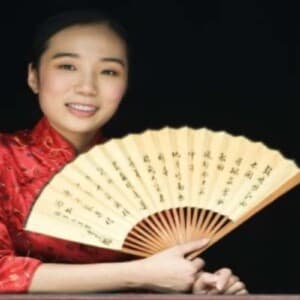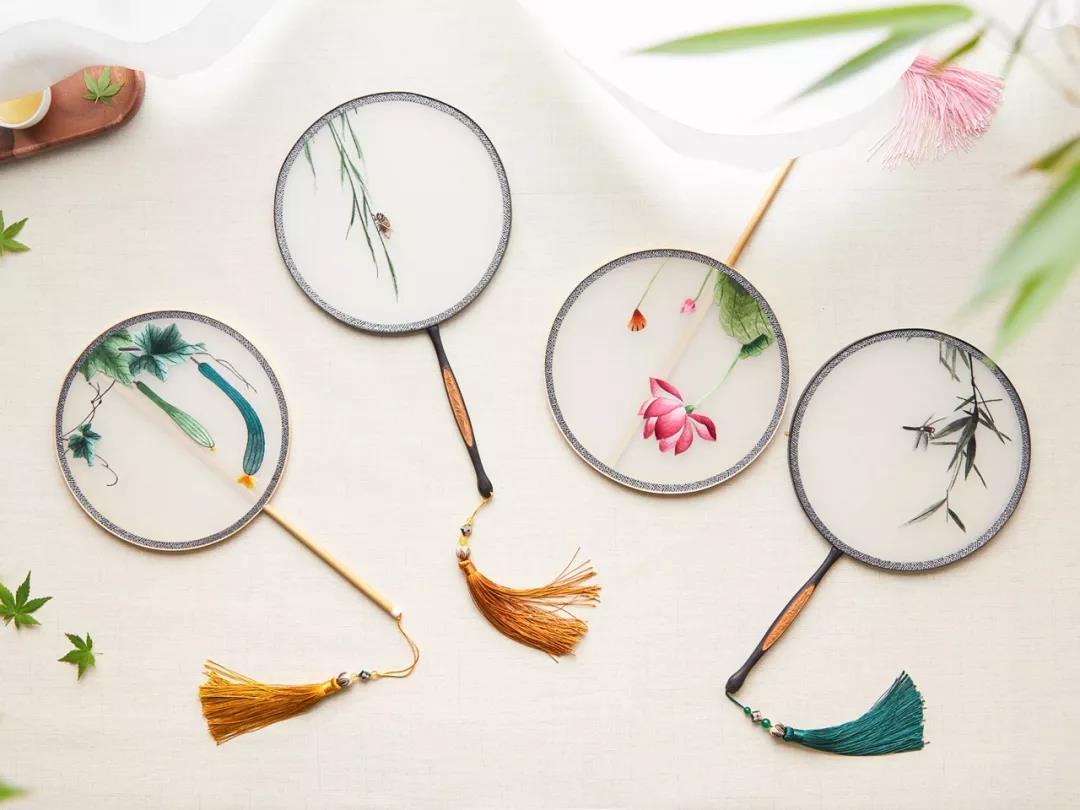
Fan
Fan, says an old adage: in San Simone (28 October), the fan rests especially in the hottest periods of the year
An old Italian adage goes: “A San Simone, il ventaglio si ripone.” The reference is to St. Simon’s day, 28 October, and the idea is the consecration, through popular culture, of a highly useful objects, especially in the warmer seasons of the year. Varied in shape, it is usually semicircular, waved with the hand to create a breeze and ward off summer heat.
It is made of a succession of light, thin laths of wood or sandalwood, ivory or mother-of-pearl, fastened together at one end, and across them is laid a strip of paper, fabric, or silk. The fan became popular in Europe after it was imported from the Far East, toward the end of the fifteenth century and the beginning of the sixteenth century. It attained its period of greatest popularity and elegance over the course of the eighteenth century, when it was used both by men and by women, and both during the day and in the evenings.
Fans were refined, often valuable, and were hand-painted
Fans were refined, often valuable, and were hand-painted with mythological and Biblical scenes and figures, or else, more simply, with animals, flowers, and country scenes. It was also a tool for flirtation and gallant courtship. There is a language of love bound up with the fan. During the nineteenth century, printed fabrics replaced the hand-painted papers or fabrics and the use of fans in high society was restricted to evenings: this custom held firm for much of the twentieth century as well. Proust loved fans, and likewise, in the last years of the twentieth century, fashion designer Karl Lagerfeld loved fans.
In the years leading up to the Second World War, the boxes of La Scala were still crowded with fluttering fans, and fans — to remain within the confines of Europe — still are seen during the great summer heat in Spain, used both by men and women. Beginning in the 1980s, there was a repeated attempt, with the growing popularity of the major Japanese fashion designers, to revive the fan in a minimalist version: rice paper, and sometimes round or triangular.

Read also:
Made in Italy turns 70. The history of Italian fashion
100% Made in Italy cotton: the supply chain is from Puglia

Stetson 1865

